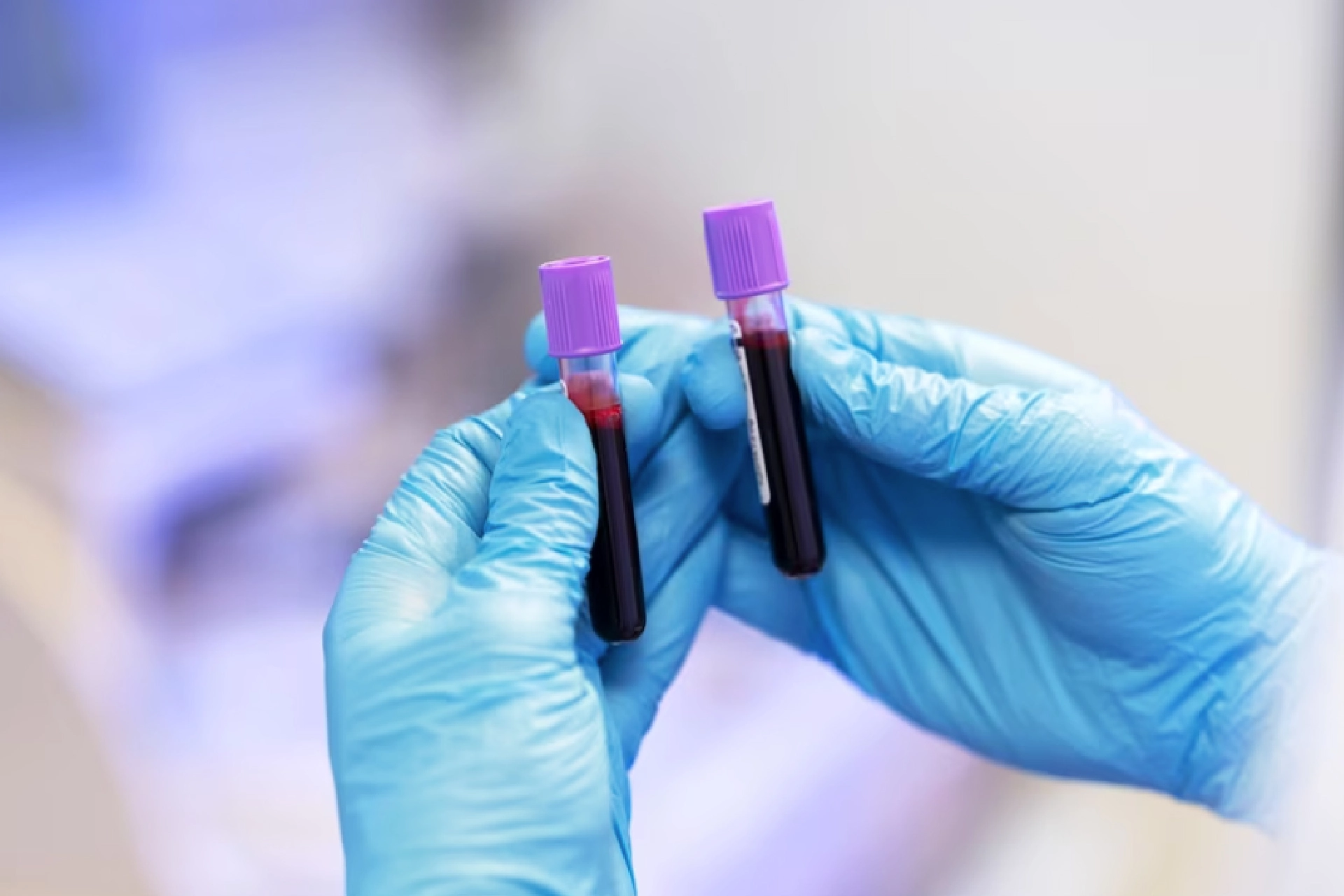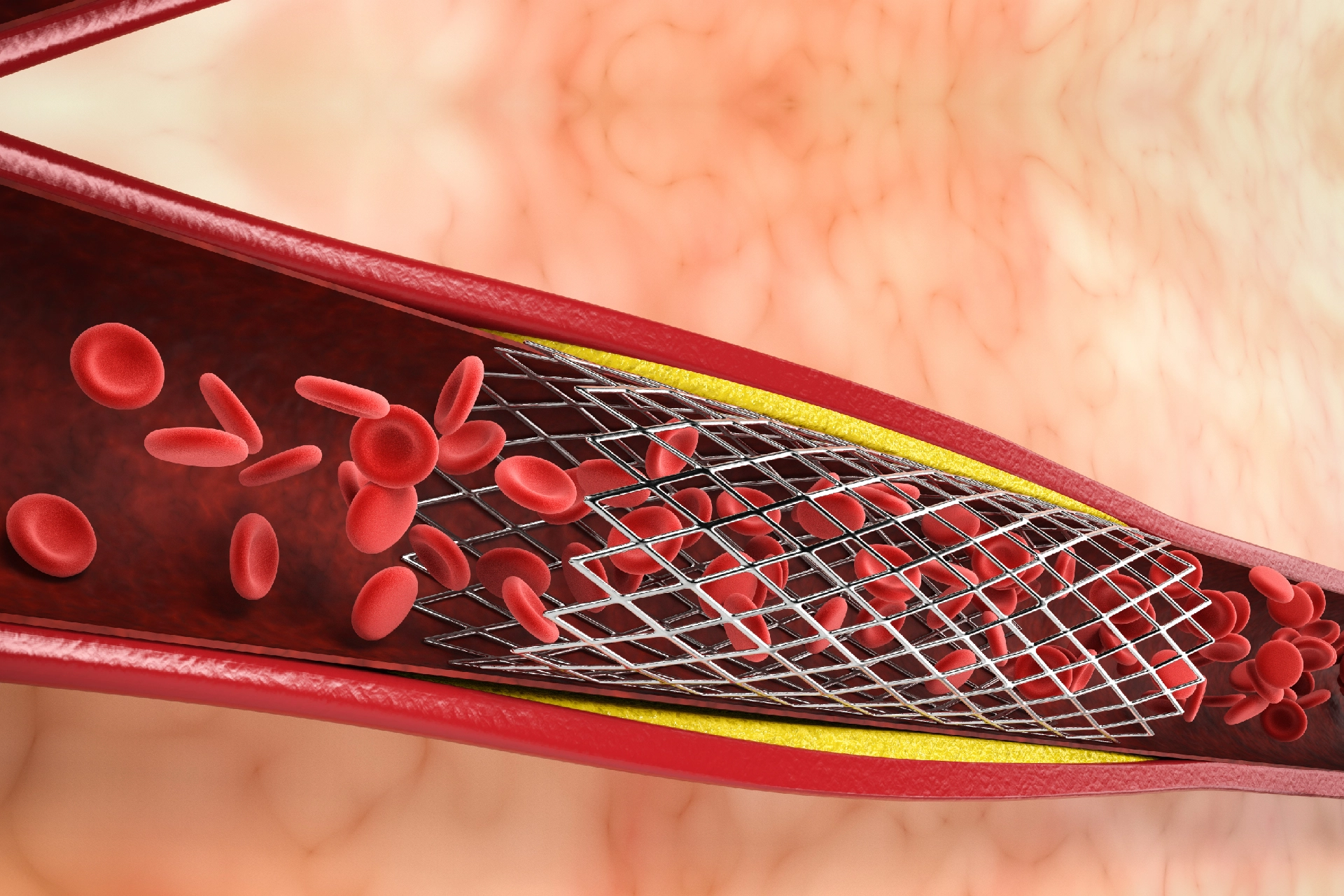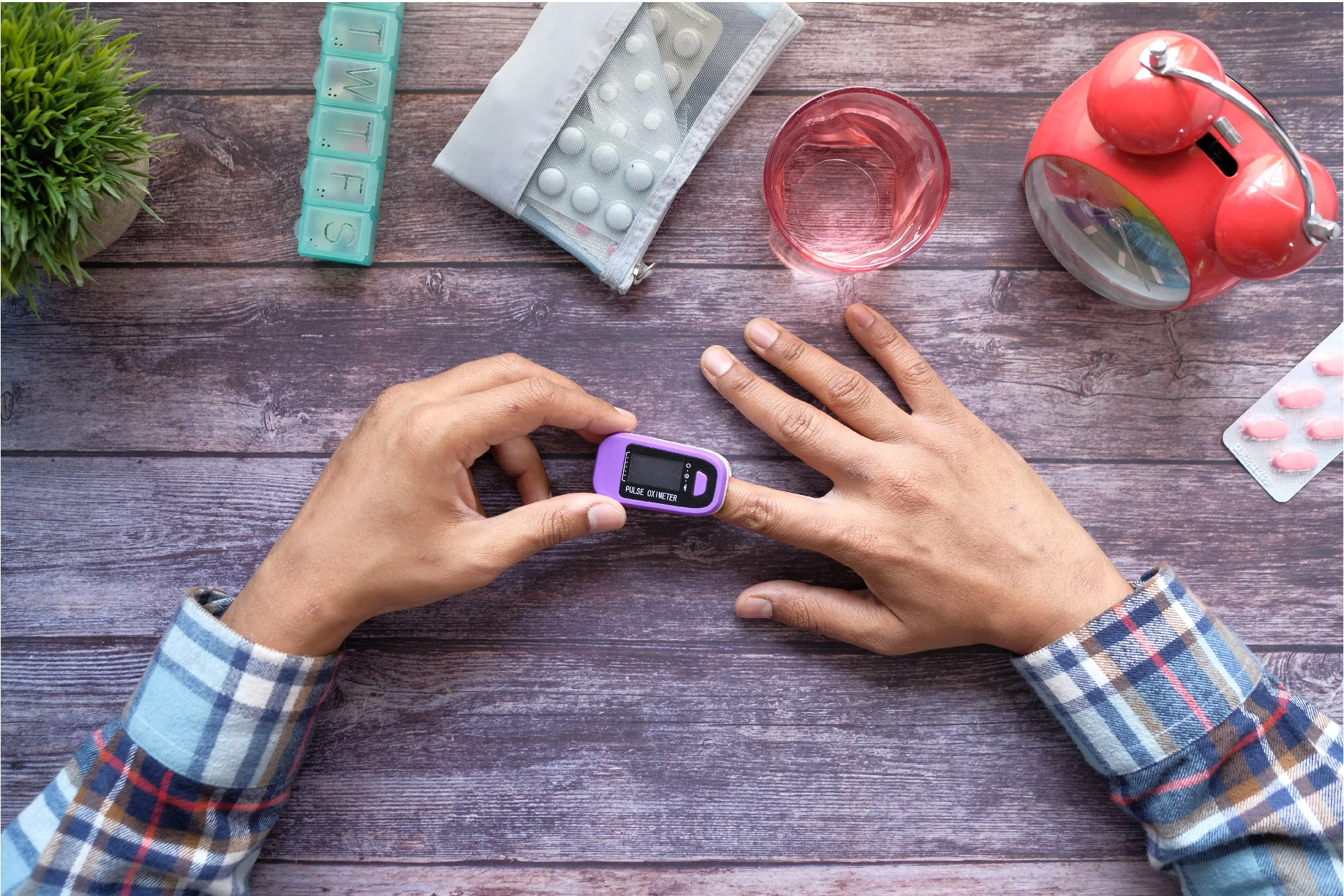Health Tests | 4 min read
Lung Plethysmography Test: What is it and How is it Performed?
Medically reviewed by
Table of Content
Key Takeaways
- Your age, gender, height, and weight can affect the results of a lung test
- A lung plethysmography test is often conducted along with other tests
- Lung plethysmography is performed in a room or cabin known as a body box
The lung plethysmography test measures how much air your lungs can hold [1]. It is also known as pulmonary plethysmography or body plethysmography. It is a test performed to measure compliance of your lungs. It is used to diagnose if you have lung disease, determine the severity, or observe the treatment. Your doctor may often prescribe it alongside other lung tests.
Lung plethysmography is more accurate than spirometry [2]. It helps doctors assess and examine for any diseases in your lungs. These can occur when there your total lung capacity has reduced. Read on to know more about this lung test.
Additional Read: Urine Test: Why is it Done and What are the Different Types?
Why Is a Lung Plethysmography Test Done?
The lung plethysmography test helps your doctor determine the problem in the lungs. It helps to find out if the damage is due to the lung structure or its inability to expand. This lung function test is done to check how much air your lungs can hold. It also helps in understanding if the treatment is working or not and to evaluate your lungs before surgery.
In several cases, your doctor may order lung plethysmography to distinguish obstructive versus restrictive lung diseases. Plethysmography helps differentiate this difficult distinction. It is also done to determine the severity of COPD [3] and to check if your body can handle lung cancer surgery.
How Is Lung Plethysmography Performed?
Before the test begins, you should avoid:
Smoking
Drinking alcohol
Eating a heavy meal
Doing heavy exercises
Follow these guidelines for hours before the test. Wear loose clothes to breathe comfortably. Let your doctor know if you are on medications or if you are claustrophobic. Your doctor may advise you to temporarily stop taking certain medications. Also, avoid environmental pollutants, perfumes, and other personal care products before the test. If possible, take someone to the test to accompany you.
During the lung plethysmography test, you will sit in an airtight room or cabin called a body box. The cabin is transparent so that you and the health provider can see each other. A technician will place clips on your nose to close off the nostrils. You will be given a mouthpiece to breathe through. The technician will then take you through various breathing patterns. This involves:
breathing normally
panting for several breaths
taking a deep breath
blowing all the air out
breathing in open and close positions
The different patterns and positions give different information to the doctor. The movement of your chest as you breathe or pant changes the pressure and amount of air in the room and against the mouthpiece. These changes help your doctor measure the amount of air in your lungs.
Depending on the test and its purpose, the doctor may suggest you take specific medicine to get accurate results. You may feel claustrophobic during the test, and you should be aware of this. You can open the door of the cabin or remove the mouthpiece if you need to. However, this may lengthen the procedure.

What Does the Lung Function Test Depict?
A lung plethysmography test provides measurements that help your doctor determine how well your lungs are functioning. Lung plethysmography help measure the following:
Functional residual volume: It is the amount of air remaining in your lungs after exhaling as much air as you can.
Functional residual capacity (FRC): It is the combination of the air remaining in your lungs after you exhale as much as possible and the amount of air left in your lungs after breathing out normally.
Total lung capacity (TLC): It is a measure of the total amount of air remaining in your chest after taking the deepest breath possible.
The measure of your functional residual capacity (FRC) helps determine various conditions. It can be normal, increased, or decreased. These results depend on age, gender, height, and weight. Abnormal results depict problems in the lungs. Such problems can be due to:
a breakdown of the lung structure
chest wall problem
problems with lung expansion and contraction.
Conditions like emphysema [4] and cystic fibrosis [5] may lead to an increased FRC, whereas conditions including obesity, strokes, and sarcoidosis [6] may result in a decreased FRC.
Additional Read: What Is Lung Cancer? All You Need To Know About Its Symptoms and Treatment
Don’t smoke, avoid exposure to pollutants, and practice lungs exercise to prevent infections and keep your lungs healthy [7]. Do not ignore any symptoms of lung disease and seek medical support. Get the care you need for your lungs by booking an online doctor appointment on Bajaj Finserv Health. Find a lab that does a lungs test in your area, and also speak to specialists. Avail quality medical advice virtually and from the comfort of your home.
References
- https://medlineplus.gov/ency/article/007289.htm
- https://www.lung.org/lung-health-diseases/lung-procedures-and-tests/spirometry#:~:text=Spirometry%20is%20the%20most%20common,of%20breath%2C%20or%20a%20cough.
- https://www.lung.org/lung-health-diseases/lung-disease-lookup/copd
- https://www.lung.org/lung-health-diseases/lung-disease-lookup/emphysema#:~:text=Emphysema%20is%20one%20of%20the,alveoli%20(tiny%20air%20sacs).
- https://www.nhlbi.nih.gov/health-topics/cystic-fibrosis
- https://my.clevelandclinic.org/health/diseases/11863-sarcoidosis-overview
- https://www.lung.org/lung-health-diseases/wellness/protecting-your-lungs
Disclaimer
Please note that this article is solely meant for informational purposes and Bajaj Finserv Health Limited (“BFHL”) does not shoulder any responsibility of the views/advice/information expressed/given by the writer/reviewer/originator. This article should not be considered as a substitute for any medical advice, diagnosis or treatment. Always consult with your trusted physician/qualified healthcare professional to evaluate your medical condition. The above article has been reviewed by a qualified doctor and BFHL is not responsible for any damages for any information or services provided by any third party.





